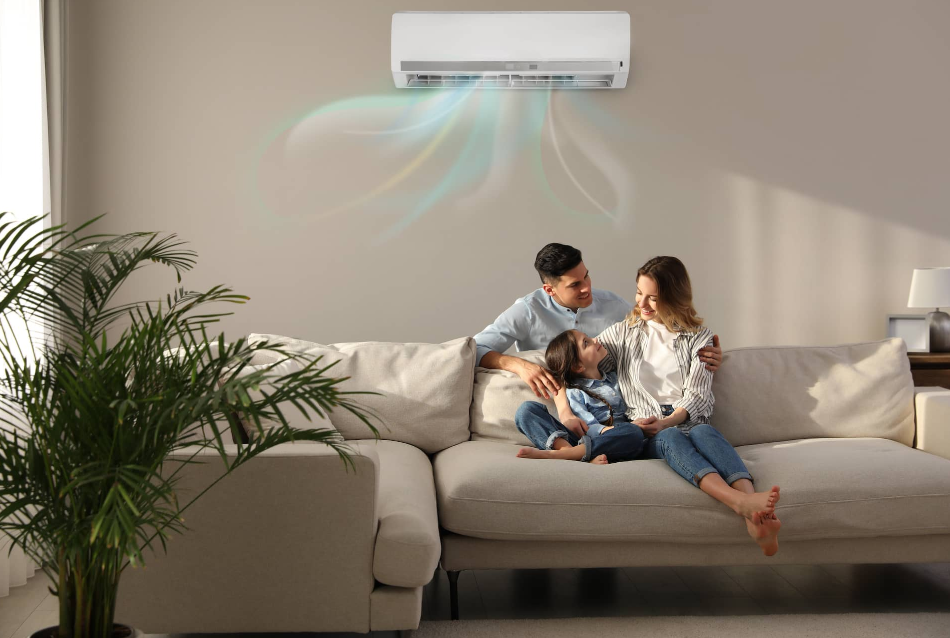In the realm of home climate control, technology has made leaps and bounds in delivering systems that are energy-efficient, versatile, and adaptable to varying weather conditions. One such innovative solution is the dual-function climate control system, more commonly known as the reverse cycle air conditioner. This unique system revolutionizes how we maintain the comfort of our homes, adapting seamlessly to our needs.
Understanding the Reverse Cycle AC
Unlike conventional cooling units, this system doesn’t just provide cold air. It’s designed to reverse the refrigerant cycle, allowing it to generate either cold or warm air depending on your requirements. This system operates on the principle of heat transfer, using a refrigeration cycle to cool your home during warmer periods, and a reverse refrigeration cycle to heat it up during cooler seasons.
Comfort All Year Round
The primary benefit of this dual-function system is its ability to provide comfort all year round. Whether it’s a sweltering summer day or a chilly winter night, this system adjusts to provide the appropriate temperature. This adaptability eliminates the need for separate heating and cooling units, offering a streamlined solution for home climate control.
Energy and Cost Efficiency
It uses the same power source to produce both hot and cold air, which can lead to substantial savings on your energy bills. Moreover, the system’s ducted configuration allows it to deliver hot or cold air throughout your entire home via a series of ducts installed in your roof cavity or under the floor.
The Role of Aircon Installation
An important aspect to consider when opting for a reverse-cycle AC system is the aircon installation process. Proper installation is crucial to ensure the system’s optimal performance and longevity. An improperly installed system can lead to energy inefficiency, frequent breakdowns, and even compromise the system’s ability to provide the desired temperature.
Maintenance for Prolonged Efficiency
Regular maintenance is key to maintaining the efficiency of your reverse-cycle AC. This includes regular cleaning of filters, checking for any leaks or damages, and ensuring that the system is working at its optimal capacity. Regular AC maintenance not only prolongs the life of your system but also ensures that it continues to adapt effectively to your heating and cooling needs.
Conclusion
A reverse-cycle air conditioner is a versatile, energy-efficient solution for maintaining the comfort of your home throughout the year. Its ability to adapt to varying weather conditions, combined with its energy and cost efficiency, makes it an excellent choice for homeowners. With proper installation and regular maintenance, this system can provide reliable, adaptable climate control for many years to come.

